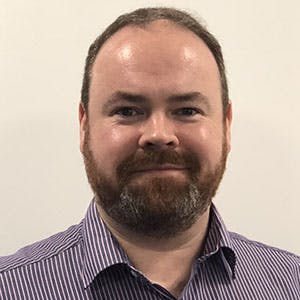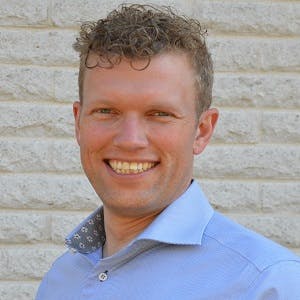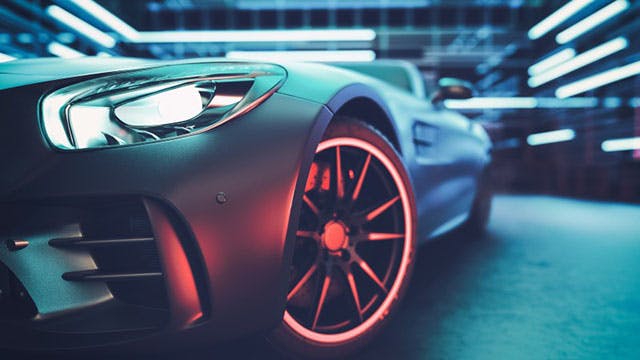随着新一代汽车中不断加入日益复杂且高度集成的功能,电子控制单元 (ECU) 的处理能力也必须大幅提升。各大 OEM 争相在这些高度互联的电气/电子架构上添加具有竞争力的功能集,给原本便已遭受压缩的开发周期带来了越来越大的压力。过去几年间,越来越多的原始设备制造商 (OEM) 试图逆转将 ECU 开发外包给一级供应商的历史趋势,在对其品牌至关重要的知识产权以及需要新技术的领域进行自主开发。在本场网络研讨会中,我们邀请到的两位资深专家:Capital VSTAR 产品经理马赛厄斯·弗里茨森 (Mathias Fritzson) 和高级技术工程师布伦丹·莫里斯 (Brendan Morris) 将和大家一起探讨这一趋势、以及一级供应商和 OEM 不断变化的角色,并展示能够给予支持的解决方案。
通过内部自主进行 ECU 开发来打破孤岛并改善协同
随着车辆复杂程度的日益提升,延续传统运营方式的 OEM 将损失时间、质量和预算。从历史上看,原始设备制造商雇佣了专业工程师团队,他们使用高度专用工具,经常在封闭的环境下工作。每个部门都按自身特有的优化工作流运作,任何团队之间的沟通都会因为缺乏协同能力而引起混乱。即使原始设备制造商将嵌入式开发引入内部,在孤岛中工作导致的沟通不畅也可能造成需求遗漏或误解。西门子软件解决方案提供统一的软件工程平台,可供工程师们交互进行产品定向和系统定义。这样可以确保在应用程序层级实施时,软件工程设计可以始终吻合系统需求和硬件约束。打破这些信息孤岛之后,原始设备制造商就可以实现自主进行 ECU 开发所需的效率、速度、准确性和质量。
Reduce the risk of errors with automotive embedded software
Automakers face the challenge of increasing complexity in-vehicle systems with continuous pressure on cost and timing. Automotive embedded software has many protocols and standards requirements, making collaboration critical for OEMs when building future systems. Developers need to have an efficient, automated workflow that removes repetitive tasks, eliminates manual errors, and gives additional tool assistance when required to collaborate engineering activities. Siemens provides embedded software solutions that put the developer first and are usable in the whole vehicle with the necessary properties for the features of today and tomorrow. It is generative automated, provides an ease-of-use, and allows the reuse of the applicable parts of the design to support engineers in getting it right the first time.
Streamline ECU software development by using E/E systems
Software is fast becoming the dominant part of the vehicle value. OEMs need to ensure that the system is according to the features described at the higher level. Collaborating on IP protection is necessary for the insourcing trend of combining the OEM's IP and supplier and partner IP. The OEM's value is the developers, and the environment for them to operate in needs to be attractive, and they need to retain all of their skills. Future personal transportation needs will require a different set of configuration abilities like service-oriented architectures because functions will travel over ECUs and possibly to the cloud over a vehicle's lifetime and future variants. Streamline ECU software development starts with systems development on the digital thread, with most innovation happening in the E/E systems, ensuring that the functions' definition and allocations are coherent.
Watch the on-demand webinar to discover why in-vehicle embedded software development is increasingly displacing mechanical engineering as the differentiator in creating automotive brand experiences.
主讲嘉宾

Brendan Morris
Senior Technical Marketing Engineer
Brendan spent his early career working in Tier 1 suppliers into the Automotive Industry, focusing primarily on software development in powertrain electronics, however spending some time working in a diverse range of technologies for on and off highway vehicles. He spent the next 10yrs working for several vehicle OEM's at all stages of vehicle development programs. Several of these years leading research projects at Jaguar Land Rover introducing new network technologies into their latest and future E/E Architectures, also represented the company in AUTOSAR WP-A2 Com Work Package. He has also lead several aspects of development and launch of low volume vehicles, including E/E Architecture, and start-up vehicle OEM's as diverse as McLaren Automotive and Rivian.

Mathias Fritzson
Product Manager
Mathias has spent nearly 20 years of his career in embedded development and design of software and multiplexed communication for the automotive industry. His interest in automotive systems and technical curiosity has resulted in key assignments scaling from software engineering on large-scale ECU production programs to research programs in functional safety, base technology development, standardization, and verification on bus technology. Mathias has spent the last decade on AUTOSAR, advocating for the use of the standard while conducting product development and making customers successful. Currently, he is the product manager for Capital VSTAR products. Mathias oversees product development and marketing activities.
